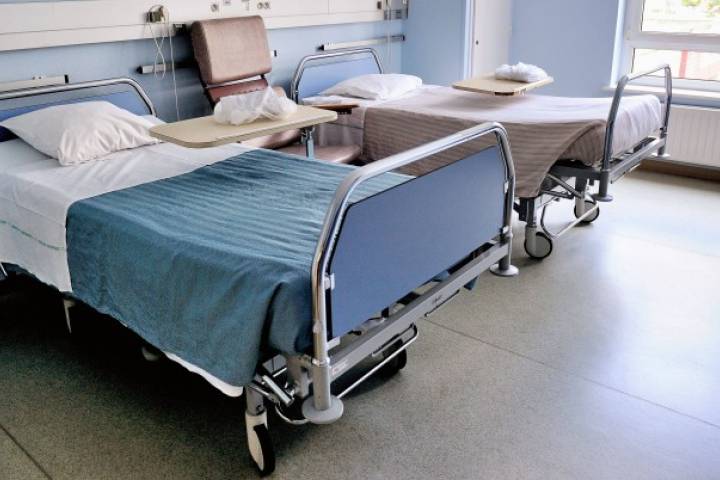With health care resources and beds stretched thin across the country, Canada’s health officials are trying to do the most with what they have. In a new Canadian study, scientists put a rule to the test in hopes of freeing up one-third of emergency room beds given to chest pain patients.

Instead, the beds could be used for other pressing issues such as infections, heart failure, stroke or unstable vital signs, according to doctors behind the study out of the Ottawa Hospital Research Institute.
READ MORE: Male heart attack patients receive faster care than women, Canadian study suggests
Here are some statistics to consider:
- Chest pain is the second most common reason why Canadians go to the emergency room, next to abdominal pain.
- About 800,000 Canadians visit the ER for chest pain with 70 per cent taking up beds with heart monitors for at least eight hours. Doctors check for arrhythmia, or an irregular heartbeat, which could be dangerous.
- But less than two per cent of chest pain patients actually have the condition. It’s incredibly rare.
- 12 to 15 per cent of all chest pain patients that show up to the ER have or had a heart attack. Small percentages have clogs in the lung or a blood vessel splitting.
- 80 per cent of the time, chest pain patients’ symptoms are from muscle pain, indigestion or a muscle spasm, Thiruganasambandamoorthy said.
About 10 years ago, Ottawa scientists created a rule that would help frontline health care workers, such as ER doctors and triage nurses decipher which chest pain patients actually needed a bed.
- ‘Shock and disbelief’ after Manitoba school trustee’s Indigenous comments
- Invasive strep: ‘Don’t wait’ to seek care, N.S. woman warns on long road to recovery
- ‘Super lice’ are becoming more resistant to chemical shampoos. What to use instead
- Canadian food banks are on the brink: ‘This is not a sustainable situation’
It’s a simple screening process: if patients don’t have current chest pain and there are no significant abnormalities in their electrocardiogram readings, they can be placed in the waiting room or another urgent care area to wait for their blood test results.
READ MORE: Quarter of heart attack patients weren’t tested for diabetes or high cholesterol
Traditionally, all chest pain patients are placed on hospital beds with heart monitoring for about eight hours or more until their blood test results are pulled together.
“Most chest pain patients don’t have chest pain at the present time. They had chest pain before, they had chest pain yesterday, but they come to the ER to double check even if the pain dissipated,” Thirugananasambandamoorthy told Global News.
READ MORE: Here’s how women’s heart attack symptoms differ from men’s
His research is the first to put the made-in-Ottawa rule to the test when it comes to accuracy and boosting efficiency.
Between November 2013 and April 2015, 1,125 chest pain patients showed up to the Ottawa Hospital’s emergency department. Only 15 needed to stay on heart monitors for serious symptoms.
By using the tool, doctors were able to predict with “100 per cent accuracy” which patients needed to stay on bed rest. They even identified which 36 per cent of nearly 800 patients could be watched from a waiting area instead.
READ MORE: Do heart attack survivors change their unhealthy ways? Study suggests they don’t
It’s a big deal, Thiruganasambandamoorthy said. In a single day at the hospital, he sees 35 chest pain patients and 25 end up on hospital beds. This rule would safely remove eight patients, freeing up bed space and monitoring for other patients in need.
He has already presented his findings to American and Canadian conferences and the rule is adopted and well-received at the Ottawa Hospital and one emergency room in Calgary.
The next steps are to try it out at other emergency room departments and measure the results.
Thirugananasambandamoorthy’s full findings were published Monday in the Canadian Medical Association Journal.
carmen.chai@globalnews.ca
Follow @Carmen_Chai


Comments